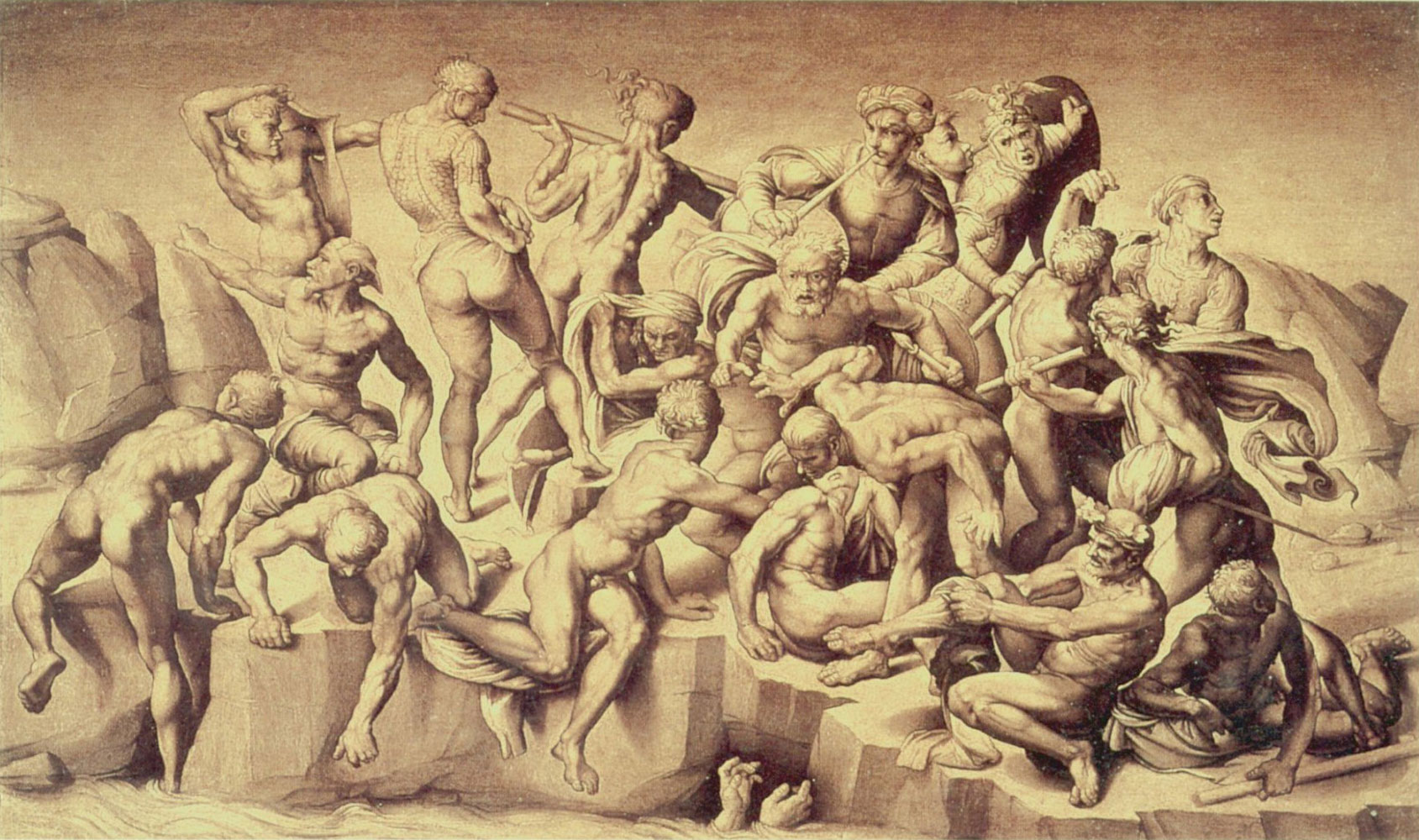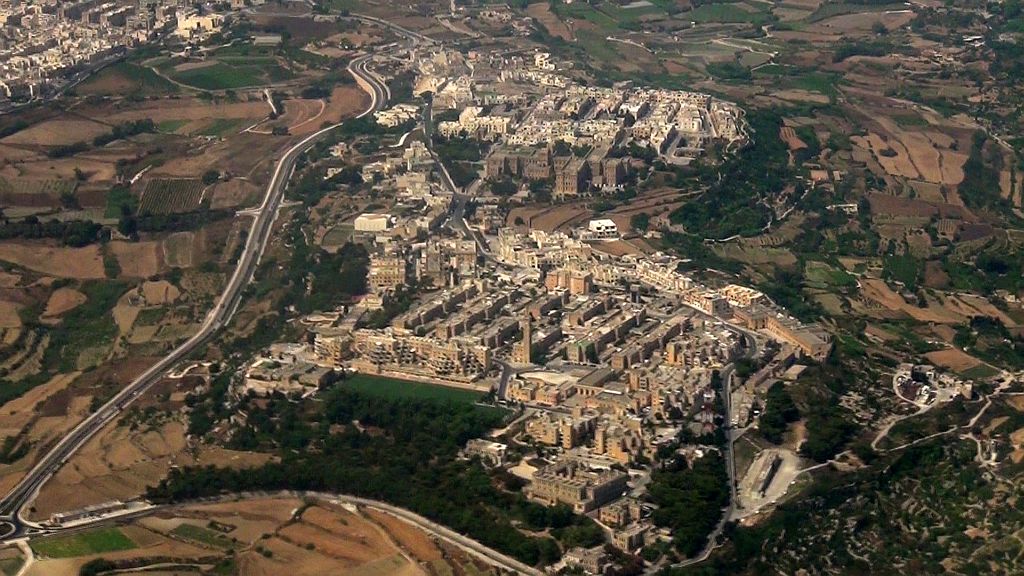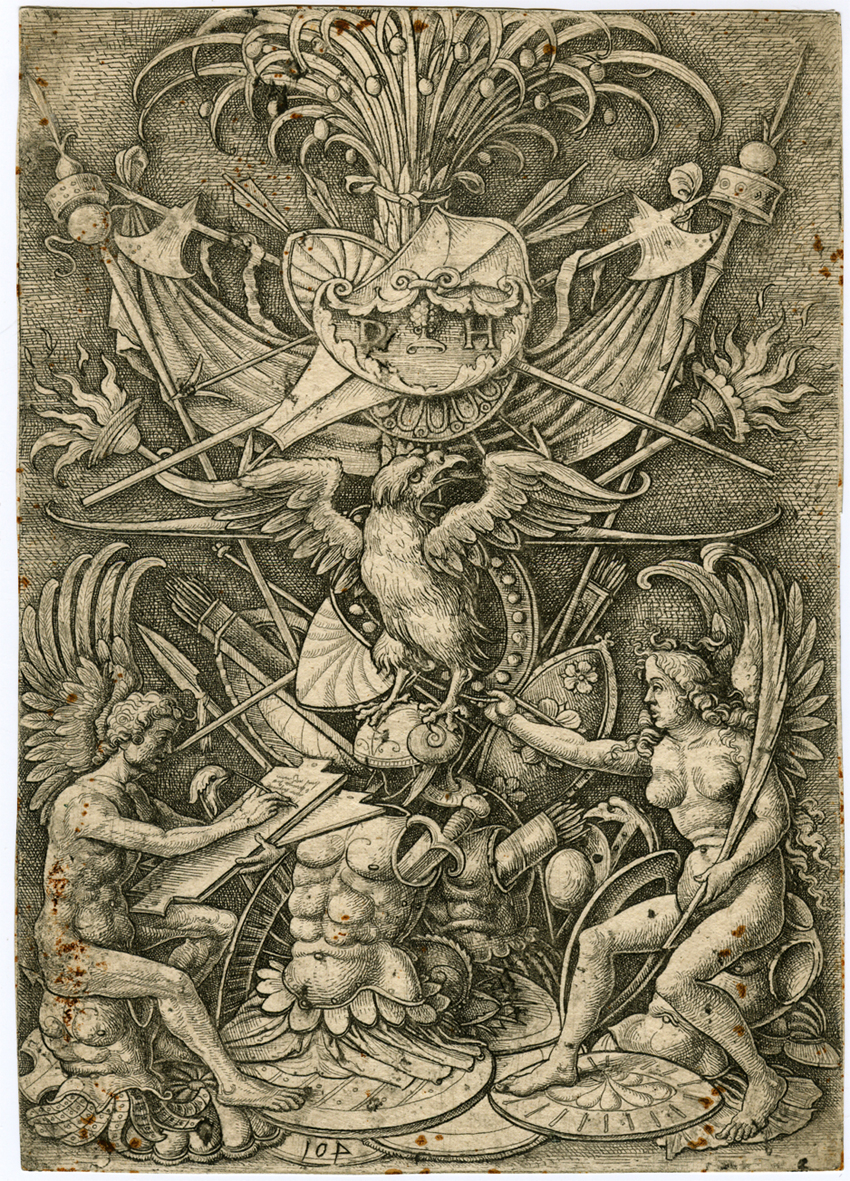|
Auberge D'Italie
The Auberge d'Italie (, ) is an auberge in Valletta, Malta. It was built in various stages in the late 16th century to house knights of the Order of Saint John from the langue of Italy, and it originally had a Mannerist design by Girolamo Cassar and several other architects. The building continued to be modified throughout the course of the 17th century, with the last major renovation being carried out in the 1680s during the magistracy of Gregorio Carafa, giving the building a Baroque character. After the Order was expelled from Malta in 1798, the auberge was used for a number of purposes, housing a military headquarters, an officers' mess, a museum, a school of arts, a courthouse, the General Post Office and various government departments. Until recently, it housed the Malta Tourism Authority, and there are ongoing works of restoration. It is now converted to host the national collection (previously at National Museum of Fine Arts). In 2018 it became the new National ... [...More Info...] [...Related Items...] OR: [Wikipedia] [Google] [Baidu] |
Mannerism (architecture)
Mannerism is a Style (visual arts), style in Art of Europe, European art that emerged in the later years of the Italian High Renaissance around 1520, spreading by about 1530 and lasting until about the end of the 16th century in Italy, when the Baroque style largely replaced it. Northern Mannerism continued into the early 17th century. Mannerism encompasses a variety of approaches influenced by, and reacting to, the harmonious ideals associated with artists such as Leonardo da Vinci, Raphael, Giorgio Vasari, Vasari, and early Michelangelo. Where High Renaissance art emphasizes proportion, balance, and ideal beauty, Mannerism exaggerates such qualities, often resulting in compositions that are asymmetrical or unnaturally elegant. Notable for its artificial (as opposed to naturalistic) qualities, this artistic style privileges compositional tension and instability rather than the balance and clarity of earlier Renaissance painting. Mannerism in literature and music is notable for ... [...More Info...] [...Related Items...] OR: [Wikipedia] [Google] [Baidu] |
Birgu
Birgu ( , ), also known by its title Città Vittoriosa ('Victorious City'), is an old Fortifications of Birgu, fortified city on the south side of the Grand Harbour in the Port Region, Malta, Port Region of Malta. The city occupies a promontory of land with Fort Saint Angelo at its head and the city of Cospicua at its base. Birgu is ideally situated for safe anchorage, and over time it has developed a very long history with maritime, mercantile and military activities. Birgu is a very old locality with its origins in medieval times. Prior to the establishment of Valletta as capital and main city of Malta, military powers that wanted to rule the Maltese islands would need to obtain control of Birgu due to its significant position in the Grand Harbour. In fact, it served as the base of the Knights Hospitaller, Order of Saint John and ''de facto'' capital city of Malta from 1530 to 1571. Birgu is well known for its vital role in the Great Siege of Malta of 1565. In the early 20th c ... [...More Info...] [...Related Items...] OR: [Wikipedia] [Google] [Baidu] |
French Occupation Of Malta
The island of Malta was occupied by France from 1798 to 1800. The Knights Hospitaller surrendered to Napoleon Bonaparte following the French landing in June 1798. In Malta, the French established a constitutional tradition in Maltese history (as part of the French Republic), granted free education for all, and theoretically established freedom of the press, although only the pro-French newspaper ''Journal de Malte'' was actually published during the occupation. The French abolished nobility, slavery, the feudal system, and the inquisition. The only remaining architectural reminder of the French occupation is probably the defacement of most coats of arms on the façades of buildings of the knights. The Maltese soon Siege of Malta (1798–1800), rebelled against the French and drove the French garrison into Valletta and the Grand Harbour fortifications where they were besieged for more than two years. The French surrendered Malta when their food supplies were about to run out. Fren ... [...More Info...] [...Related Items...] OR: [Wikipedia] [Google] [Baidu] |
Auberge D'Italie Other Side And Back Facade
Auberge is a French word for an inn or hostel, and is also sometimes used to refer to a restaurant (as a result of the historical association between inns and restaurants). Inns *Auberge Ravoux, historic landmark in French village of Auvers-sur-Oise * Auberge (restaurant), former Michelin-starred restaurant in Amsterdam, Netherlands. *Auberge du Soleil Auberge du Soleil (meaning "Sun inn" in French) is a restaurant and resort in Rutherford, California, operated by Auberge Resorts Auberge Resorts Collection is a hospitality group headquartered in Bethesda, Maryland. Auberge is a portfolio of ..., restaurant and resort in California, with interiors designed by Michael Taylor. * Auberges built by the Knights Hospitaller, the headquarters of the Knights Hospitaller's administrative divisions, located in Rhodes and then Malta Music *''Auberge'', folk album by Le Rêve du Diable, 1982 * ''Auberge'' (album), a 1991 album by Chris Rea ** "Auberge" (song), a song by Chris Rea from t ... [...More Info...] [...Related Items...] OR: [Wikipedia] [Google] [Baidu] |
Cambridge University Press
Cambridge University Press was the university press of the University of Cambridge. Granted a letters patent by King Henry VIII in 1534, it was the oldest university press in the world. Cambridge University Press merged with Cambridge Assessment to form Cambridge University Press and Assessment under Queen Elizabeth II's approval in August 2021. With a global sales presence, publishing hubs, and offices in more than 40 countries, it published over 50,000 titles by authors from over 100 countries. Its publications include more than 420 academic journals, monographs, reference works, school and university textbooks, and English language teaching and learning publications. It also published Bibles, runs a bookshop in Cambridge, sells through Amazon, and has a conference venues business in Cambridge at the Pitt Building and the Sir Geoffrey Cass Sports and Social Centre. It also served as the King's Printer. Cambridge University Press, as part of the University of Cambridge, was a ... [...More Info...] [...Related Items...] OR: [Wikipedia] [Google] [Baidu] |
Mtarfa
Mtarfa () is a small town in the Northern Region of Malta, with a population of 2,572 as of March 2014. It was considered to be a suburb of Rabat until 2000, when it became a separate local council. History A number of historic silos were discovered in Mtarfa in October 1973. In the Roman period, Mtarfa was a suburb of Melite, and it contained a Temple of Proserpina. The ruins of the temple were destroyed in the 17th and 18th centuries for reusing the stones in other buildings. Substantial remains of the suburb itself, including the arrangement of the streets and many tombs, survived until the late 19th century. In 1890, British military barracks began to be built in Mtarfa, destroying most of the Roman remains in the process. A chapel dedicated to St. Lucy was first recorded in 1460, and is still standing to date. It is not currently in regular use. A clock tower, now a prominent landmark of Mtarfa, was built in 1895. A naval hospital, RNH Mtarfa, was built during World ... [...More Info...] [...Related Items...] OR: [Wikipedia] [Google] [Baidu] |
Temple Of Proserpina
The Temple of Proserpina or Temple of Proserpine () was a Roman temple in Mtarfa, Malta, an area which was originally a suburb outside the walls of Melite. It was dedicated to Proserpina, goddess of the underworld and renewal. The date of construction is unknown, but it was renovated in the 1st century BC or AD. The ruins of the temple were discovered in 1613, and most of its marble blocks were later used in the decoration of buildings, including Auberge d'Italie and the Castellania in Valletta. Only a few fragments still survive today. History and architecture The only epigraphic evidence of the temple is the Chrestion inscription, which was discovered among its ruins in 1613. It records that the temple was already old and was threatening to collapse during the reign of Augustus in the 1st century BC or AD, and it was restored by Chrestion, the procurator of the Maltese Islands. This inscription is the earliest known Latin text that was found in Malta. It read: The temple ... [...More Info...] [...Related Items...] OR: [Wikipedia] [Google] [Baidu] |
Trophy (architectural)
A trophy or trophy of arms in art and architecture is a real or depicted artistically assembled display of weaponry and other militaria, often captured from a defeated enemy, as an ornament designed for the purpose of triumphalist display by a victor or as a show of military prowess by a monarch.Osborne, Harold, ''The Oxford Companion to Art'', Oxford, Clarendon Press, 1990, p. 1161-2 Similar decorative vertical arrangements of hunting accessories, musical instruments or other objects are also commonly referred to as trophies. The term comes from the ancient Greek ''tropaion'' and Roman equivalent ''tropaeum'', military victories which were commemorated with a display of actual captured arms, armour and standards. The use of trophies as an ornament in decoration became popular in the Italian Renaissance, and as an architectural element in relief or free-standing sculpture during the Baroque era, where they are often used as a kind of finial to decorate rooflines, gate columns ... [...More Info...] [...Related Items...] OR: [Wikipedia] [Google] [Baidu] |
Mezzanine
A mezzanine (; or in Italian, a ''mezzanino'') is an intermediate floor in a building which is partly open to the double-height ceilinged floor below, or which does not extend over the whole floorspace of the building, a loft with non-sloped walls. However, the term is often used loosely for the floor above the ground floor, especially where a very high-ceilinged original ground floor has been split horizontally into two floors. Mezzanines may serve a wide variety of functions. Industrial mezzanines, such as those used in warehouses, may be temporary or semi-permanent structures. In Royal Italian architecture, ''mezzanino'' also means a chamber created by partitioning that does not go up all the way to the arch vaulting or ceiling; these were historically common in Italy and France, for example in the palaces for the nobility at the Quirinal Palace. Definition A mezzanine is an intermediate floor (or floors) in a building which is open to the floor below. It is placed half ... [...More Info...] [...Related Items...] OR: [Wikipedia] [Google] [Baidu] |
Giovanni Bonello
Giovanni Bonello (born 11 June 1936 in Floriana) is a Maltese judge, judge of the European Court of Human Rights from 1998 until 2004, then extended till 2010. Biography His father, Vincenzo Bonello, was the curator of the national art collection in the interwar period, and among the Maltese patriots, like Enrico Mizzi, who were deported and interned in Uganda by the British colonial administration during World War II.The many hats of Giovanni Bonello The Malta Independent Giovanni Bonello studied law and practiced for the first decades of his professional career, specializing in constitutional and human rights litigation in newly-independent . ... [...More Info...] [...Related Items...] OR: [Wikipedia] [Google] [Baidu] |
Auberge D'Italie Side And Back Facade
Auberge is a French word for an inn or hostel, and is also sometimes used to refer to a restaurant (as a result of the historical association between inns and restaurants). Inns *Auberge Ravoux, historic landmark in French village of Auvers-sur-Oise * Auberge (restaurant), former Michelin-starred restaurant in Amsterdam, Netherlands. *Auberge du Soleil Auberge du Soleil (meaning "Sun inn" in French) is a restaurant and resort in Rutherford, California, operated by Auberge Resorts Auberge Resorts Collection is a hospitality group headquartered in Bethesda, Maryland. Auberge is a portfolio of ..., restaurant and resort in California, with interiors designed by Michael Taylor. * Auberges built by the Knights Hospitaller, the headquarters of the Knights Hospitaller's administrative divisions, located in Rhodes and then Malta Music *''Auberge'', folk album by Le Rêve du Diable, 1982 * ''Auberge'' (album), a 1991 album by Chris Rea ** "Auberge" (song), a song by Chris Rea from t ... [...More Info...] [...Related Items...] OR: [Wikipedia] [Google] [Baidu] |
Church Of St Catherine Of Italy, Valletta
Visit the website The 'Church of St Catherine of Alexandria'' (), commonly known as the Church of St Catherine of Italy (, ) is a Roman Catholic church in Valletta, Malta. It was built by the Hospitaller Langue of Italy and it serves as the parish church of the Italian community of Malta. Origins The church was built in 1576 by the Italian knights of St John to serve as their church. It was built adjacent to the Auberge d'Italie. Girolamo Cassar was commissioned to draw up the plans. In the 17th century the church was enlarged. An octagonal church was added to the existing chapel. The original chapel was changed into the sanctuary of the church. The church underwent a major restoration from 2001 till 2011. Today the church still serves as the parish church of the Italian community of Malta. The church building is listed on the National Inventory of the Cultural Property of the Maltese Islands. Works of Art The titular painting was painted by Mattia Preti. It depicts the mart ... [...More Info...] [...Related Items...] OR: [Wikipedia] [Google] [Baidu] |






